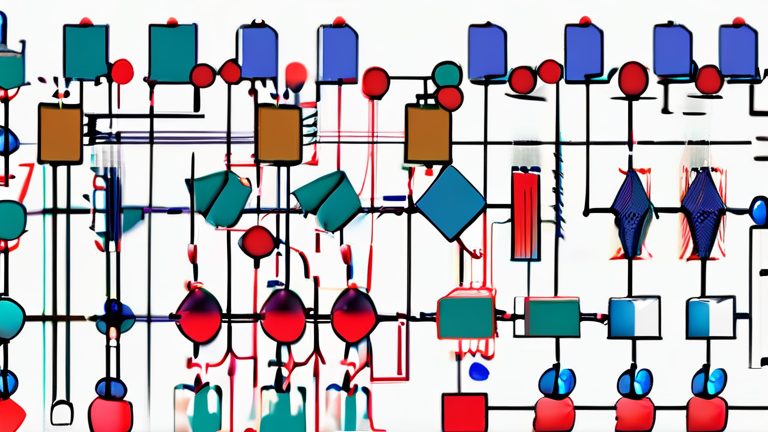Holographic data visualization

Holographic Data Visualization: The Future of Data Representation
What is Holographic Data Visualization?
Holographic data visualization is a revolutionary technology that uses holographic displays to present complex data in a three-dimensional format, allowing users to interact with it in a more immersive and intuitive way. This technology has the potential to transform the way we analyze and understand data, making it more accessible and engaging for a wider range of users. Read more
How Does it Work?
Holographic data visualization uses a combination of advanced technologies such as holographic displays, machine learning algorithms, and data visualization techniques to create a 3D representation of data. The process begins with data collection and processing, where the data is cleaned, filtered, and transformed into a format that can be used for visualization. The data is then fed into a machine learning algorithm that generates a holographic image of the data, which is then displayed on a holographic screen. Read more
Benefits of Holographic Data Visualization
Holographic data visualization offers several benefits over traditional data visualization methods, including:
- Increased engagement: Holographic data visualization provides a more immersive and interactive experience, allowing users to explore and interact with data in a more engaging and intuitive way.
- Improved understanding: By presenting data in a 3D format, holographic data visualization can help users better understand complex relationships and patterns in the data.
- Enhanced collaboration: Holographic data visualization can facilitate collaboration and communication among team members by providing a shared, interactive platform for data analysis and discussion.
- Healthcare: Holographic data visualization can be used to analyze medical images, such as MRI and CT scans, to better understand patient conditions and plan treatments.
- Finance: Holographic data visualization can be used to analyze financial data, such as stock prices and market trends, to identify patterns and make informed investment decisions.
- Education: Holographic data visualization can be used to create interactive and engaging educational experiences, such as 3D models of historical events or scientific concepts.
Applications of Holographic Data Visualization
Holographic data visualization has a wide range of applications across various industries, including:
Conclusion
Holographic data visualization is a powerful technology that has the potential to transform the way we analyze and understand data. With its ability to provide a more immersive and interactive experience, holographic data visualization can help users better understand complex data and make more informed decisions. As the technology continues to evolve, we can expect to see even more innovative applications across various industries. Read more
Popular posts

How a Simple PDF Can Earn You Passive Income While You ..

10 Ways to Make Money Online You Should Know This Year

How to Build an AI Chatbot in 10 Minutes
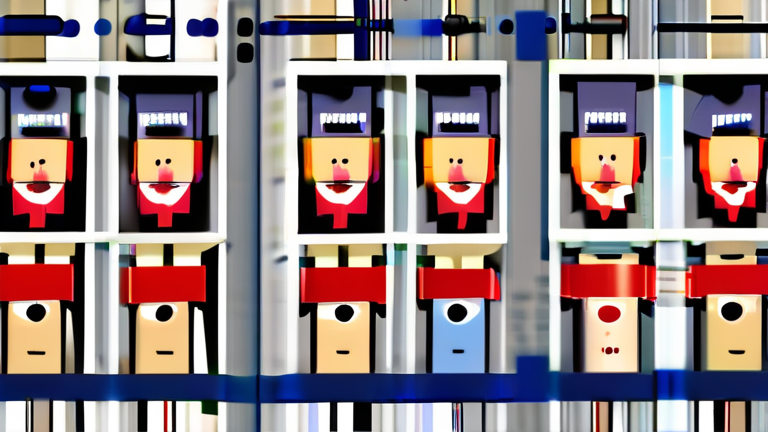
AI-generated fake expert opinions
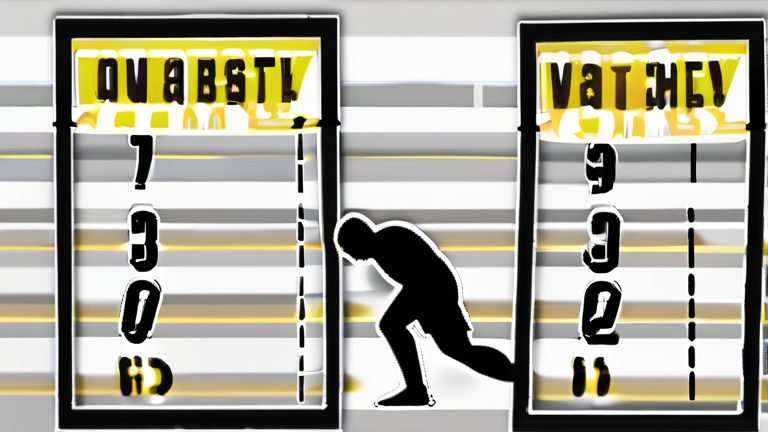
The Best Stretches for Wife Carrying Players to Prevent..
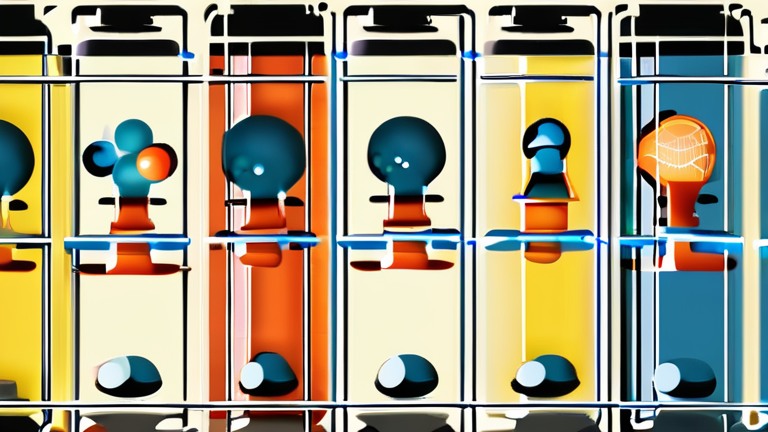
How to Think Like a Scientist

The return of static websites in enterprise environment..

The Best Apps to Make Extra Money in Your Spare Time
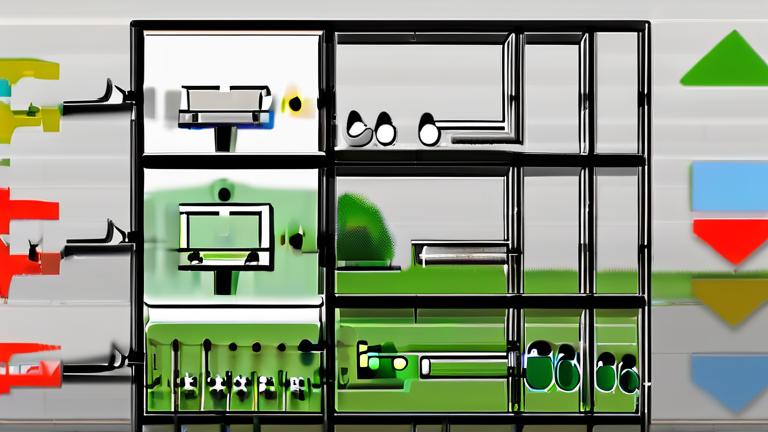
How to Build a DIY Weather Station

Why Some DIY Projects Are Easier Than You Think

AI-generated fake archaeological finds
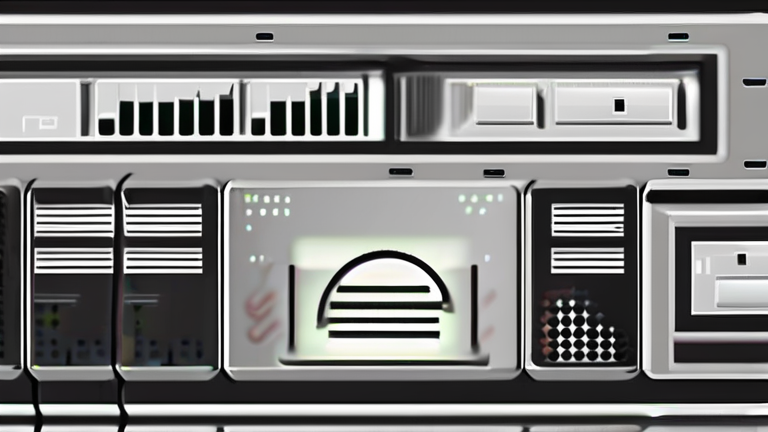
How to Learn Ethical Hacking Without Going to Jail
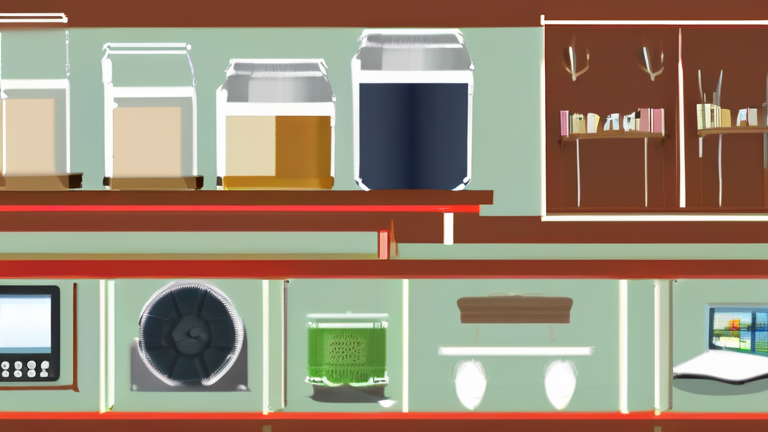
DIY projects for off-grid digital living
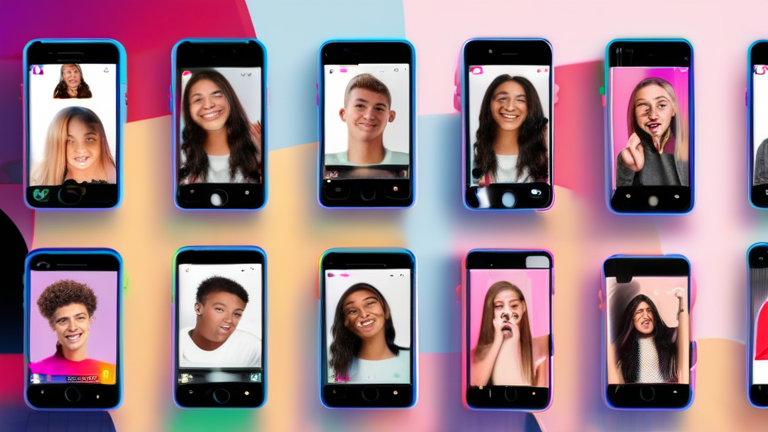
How Teens Are Earning $50k a Month on TikTok

What is Phishing - How to Spot and Prevent Email Scams ..

Building your own penetration testing drone
_sagetech.jpeg)
This Free AI Tool Writes Codes and It’s Better Than M..
_sagetech.jpeg)
Get Unlimited Traffic - Best Websites that offer auto-s..

Most Profitable Small Business Ideas This Year
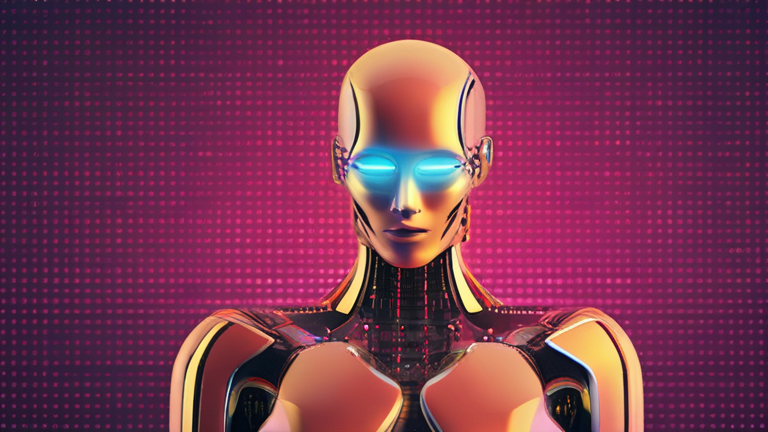
How to Make Money with AI in 2025 (Beginner’s Guide)

10 Best Web Hacking Tools You Need to Have as a Cyber S..

How to Make Your Own DIY Natural Silver Polish

How to Use ChatGPT for Faster Web Development

What Changed When I Realized No One Was Watching
/the_hidden_side_of_tech_blogging_no_sagetech.jpeg)
The Hidden Side of Tech Blogging No One Talks About (Un..

How to start a caja wine business
